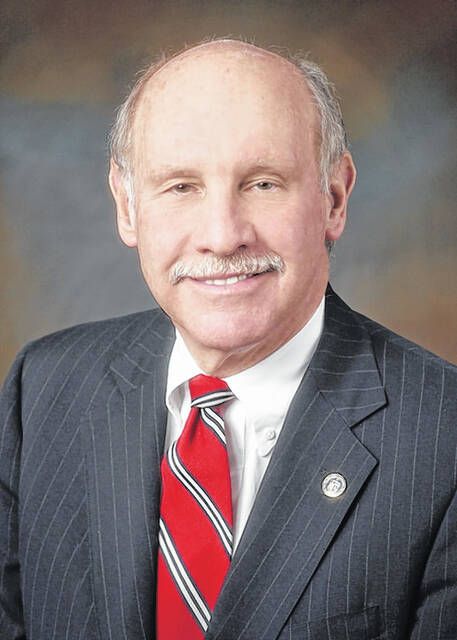Click here to subscribe today or Login.
If you have been in the market for a new car recently, you are, no doubt, suffering from sticker shock.
According to the U.S. Bureau of Labor Statistics (BLS) dealer markups on new cars were one of the largest contributors to inflation adding about 0.7% to the overall 15% rise in the consumer price index between 2019 and December 2022.
Most of this price increase resulted from a greater customer demand partially brought about by the pandemic inspired government stimulus checks in conjunction with supply chain issues. But auto manufactures were not the primary culprit, automobile dealers were, according to Michael Havlin, a former economist with the Bureau of Labor Statistics. Havlin’s research used government data to show that the consumer price index, which traces what customers pay for vehicles, and the producer-price index, which tracks what manufacturers charge dealers, diverged substantially in 2021-22. His conclusion: Dealer markups were largely responsible for auto price increases.
Of course, dealerships can make the argument that their price increases occurred because they had to make up for the sluggish car prices resulting from the 2018 financial crisis driven by retail competition and a hefty supply of new cars available in 2018 and 2019. What remains clear, however, is that new vehicle yearly margins increased from 4.9% in 2019 to 11.5% in 2022.
The increase in new car prices changed the market for vehicles. The price of used cars skyrocketed as consumers who could not afford new vehicles chose to buy used ones. Also, the Fed increased interest rates to fight inflation, partially caused by higher vehicle prices. To offset the customer’s monthly loan payments, terms were extended to six years. That is only two years longer than the average buyer keeps a car. Today delinquency rates on car loans are as high as they were during the Great Recession.
The public’s reaction to auto price increases was predictable. For instance, advocacy groups in California pressed for legislation prohibiting dealerships from marking electric vehicles (EVs). But government intervention can generate costs as well. I lived close to the Hudson River in Tarrytown, N.Y, in the early 1980s. Tarrytown was the location of a GM assembly plant that made the then newly introduced front-wheel drive cars such as the Buick Skylark. I wanted to support my neighbors, so I bought one and I have never had such an awful car. Among other idiosyncrasies the headlights would go dark, usually on a rural highway.
I belonged to the Washington Irving Boat Club whose members mostly worked at the GM plant. The “Commodore” of the boat club was a shop steward at GM. He would clock in each morning and then come over to the boat club with his walkie-talkie. When he was needed, someone at the plant would radio him. With this kind of work and management ethic, I could readily see why my Buick had problems.
While all of this was going on, auto manufactures joined with the UAW to lobby for increased tariffs on Japanese cars. Those tariffs kept better made Japanese cars from U.S. consumers. Eventually, the tariffs were lifted, and the competition resulted in better made U.S. autos while keeping overall vehicle prices lower than they were when tariffs were in place.
Today Washington is trying it again. To stimulate adoption of EVs, the Treasury Department is offering tax breaks to consumers who purchase them. However, only 16 models are eligible for these tax breaks. None are foreign brands. While U.S. manufactures and union members may initially benefit from this restrictive policy, the American consumer will not only pay more, but the entire industry will forgo the innovations that competition creates.
While it certainly wrangles buyers to see car prices increase, it is better for everyone considering a car to shop around and pit dealers against one another. Better yet, if you can wait a while for prices to decline, you will be doing yourself and the economy a favor.
Michael A. MacDowell is President Emeritus of Misericordia University. He lives in Estero, Fla.





